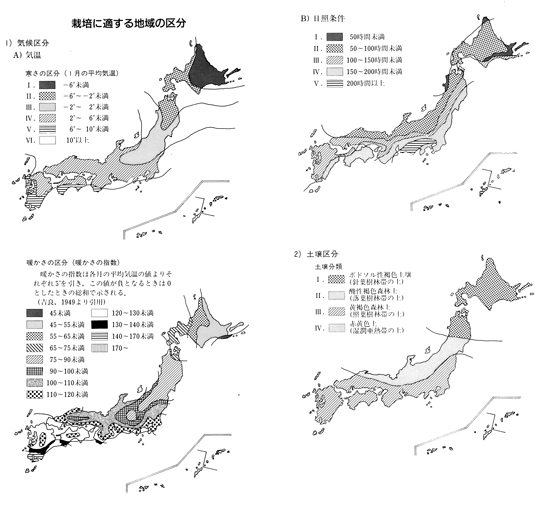| Class of Coldness | Ⅰ~Ⅴ | Light Condition | Ⅱ~Ⅳ |
| Class of Warmness | 55~140 | Class of Soil | Ⅰ~Ⅲ |
| Preference of Soil | |||
| Requirement of Shading | |||
| Figure |  | ||
Plant data
| Latin name | Angelica dahurica (Fisch.) Benth. et Hook. fil. | ||||||
| Family name | Umbelliferae | ||||||
| Common name | |||||||
| Cultivar | |||||||
| Classification | |||||||
| Photo |

| ||||||
| Characteristics | |||||||
| Habitat | |||||||
Growing data
 | |||||||
|
| |||||||
| Photo library | Photo library | ||||||
Reference
 | |||||||
|
Qiao, S. et al., Chemical constituents of essential oil from root of Angelica dahurica. Zhongguo Yaowu Huaxue Zazhi (1997), 7(3), 200-201, 222. Zhou, J. et al., Studies on Baizhi (Angelica dahurica) V. Studies on the chemical constituents. Zhongcaoyao (1987), 18(6), 242-6. Tani, S. et al., Studies on constituents of Angelica dahurica, II. Identification of γ -nonalactone and γ -decalactone by GC and GC/MS as a part of the odor components. Journal of Natural Products (1984), 47(4), 734. Fujiwara, H. et al., Studies on constituents of Angelicae dahuricae Radix. I. On a new furocoumarin derivative. Yakugaku Zasshi (1980), 100(12), 1258-61. Kimura, K. et al., Origin and constituents of umbelliferous Chinese drugs, Tu-huo (Angelica formosana), Chienhu (Angelica decursiva), and Pai-chih (Angelica dahurica). Yakugaku Zasshi (1959), 79, 1473-4. | |||||||
| Crude drug | ANGELICAE DAHURICAE RADIX | ||||||
| Cultured tissue and efficient propagation | |||||||
| Plant culture and efficient production method | Plant culture | ||||||
| Sakuyo hyohon | |||||||
| Transcriptome, Genomics etc. | |||||||
| Red list data | |||||||
| Resource data |
| ||||||